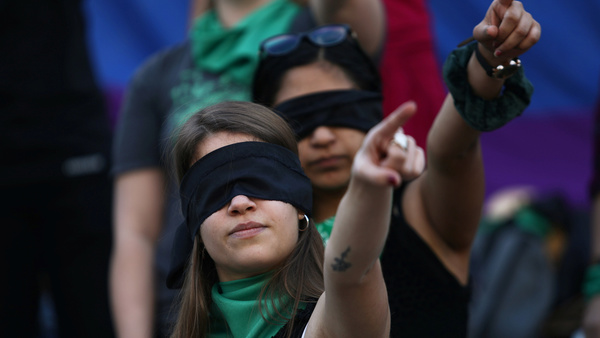For at least two decades, the UN Security Council has recognized the growing prevalence of gender-based violence in conflict, including rape, child marriage, human trafficking, and female genital mutilation/cutting. But such violence too often remains unchecked for women worldwide.
Occasional nods to gender parity on the part of international institutions have proved inadequate in addressing these issues to date. Despite the unanimous adoption of a gender lens via UN Security Council Resolution 1325, the United Nations has documented limited progress in relation to women’s political participation and victimization in conflict-affected regions.
International cooperation alone cannot solve these problems—individual countries need to centralize women in their diplomatic efforts across the board, an aim best achieved through the formal adoption of feminist foreign policies.
Gender-based violence is a global phenomenon, yet many of its trends remain poorly understood due to the lack of sex-disaggregated data. According to a 2017 World Health Organization (WHO) report, about 35 percent of women worldwide are survivors of sexual violence, with the prevalence of intimate partner violence being approximately 50 percent higher in Global South regions such as the Eastern Mediterranean and
Southeast Asia than it is in high-income countries. Prior to 1999, between 10 and 52 percent of women claimed to be assaulted at least once in their life. These figures rose to between 29 and 62 percent by 2005, as reporting increased alongside financial autonomy, education quality, and political empowerment.
Multilateral institutions and their member states have long recognized many of these issues and have taken some measures to address them. Many international organizations, “deeply concerned by the frequent under-representation of women in many formal processes and bodies,” have pledged zero tolerance of sexual violence.
An abundance of lofty rhetoric, however, obscures a paucity of actual change. UN peacekeepers have often contributed to the violent phenomena against which they are tasked to fight, as demonstrated by the rise in allegations against the United Nations as of March 2019. A 2017 Associated Press investigation concluded that, during the twelve-year UN Mission to Haiti, more than 100 peacekeepers were responsible for some 2,000 sexual abuse cases, more than 300 of which involved children.
Only a handful of alleged perpetrators received jail time. A similarly infamous case involved international troops assaulting female and youth populations for food and money in the Central African Republic in 2014. Women continue to be unduly victimized by war and, simply put, current top-down approaches are inadequate to the task at hand.
States inclined to move beyond mere multilateral virtue signaling are beginning to adopt explicit feminist foreign policies.
A feminist foreign policy (FFP), according to the International Center for Research on Women, “prioritizes gender equality and enshrines the human rights of women and other traditionally marginalized groups, allocates significant resources to achieve that vision and seeks through its implementation to disrupt patriarchal and male-dominated power structures across all of its levels of influence (aid, trade, defense, and diplomacy).” Since systemic violence is often rooted in social injustice, a whole-of-government approach that empowers women at all levels of foreign policymaking and implementation could prove quite effective in countering patriarchal violent behavior.
Source: Council Foreign Relations
